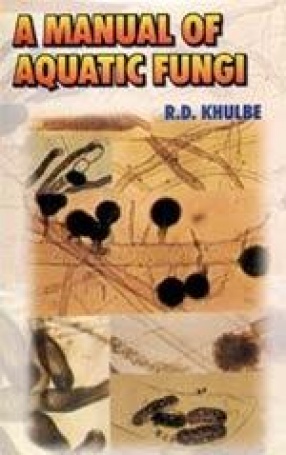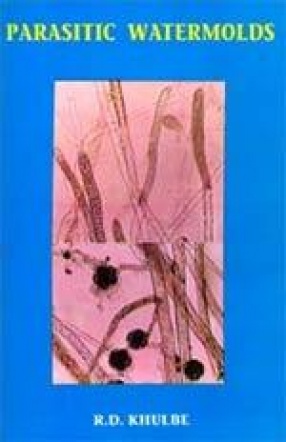
Showing all 3 books

Aquatic fungi contribute to the energy flow and productivity of an aquatic and semi aquatic ecosystems by their active role in the utilization and biodeterioration of organic materials. These fungi also possess the ability to parasitize aquatic plants and animals including fishes under certain conditions. Physiology, environmental needs and activity of these fungi vary with their morphological characters. The taxonomy of these fungi can not remain static. The ...

Lower filamentous aquatic fungi are generally known as watermolds, which are ubiquitous member of aquatic and semiaquatic environment. Being facultative parasites, these species cause a great loss in fish productivity, agricultural and vegetable yields. The information regarding mycopathology of the watermolds is limited and scattered. The present monograph is a detailed study on the watermolds with special reference to: Pathogenicity; Disease symptoms in fishes ...

A wide spectrum of climate, soil condition and human behaviour in the Himalaya encourages various kinds of microbes and their multifarious activity. A little and scattered information is available about the microbes of the Himalaya. In this book, an attempt has been made to compile various research and review papers on the Himalayan microbes and their activities. Each paper is written with the minimum editorial change to reflect the individuality of the ...
